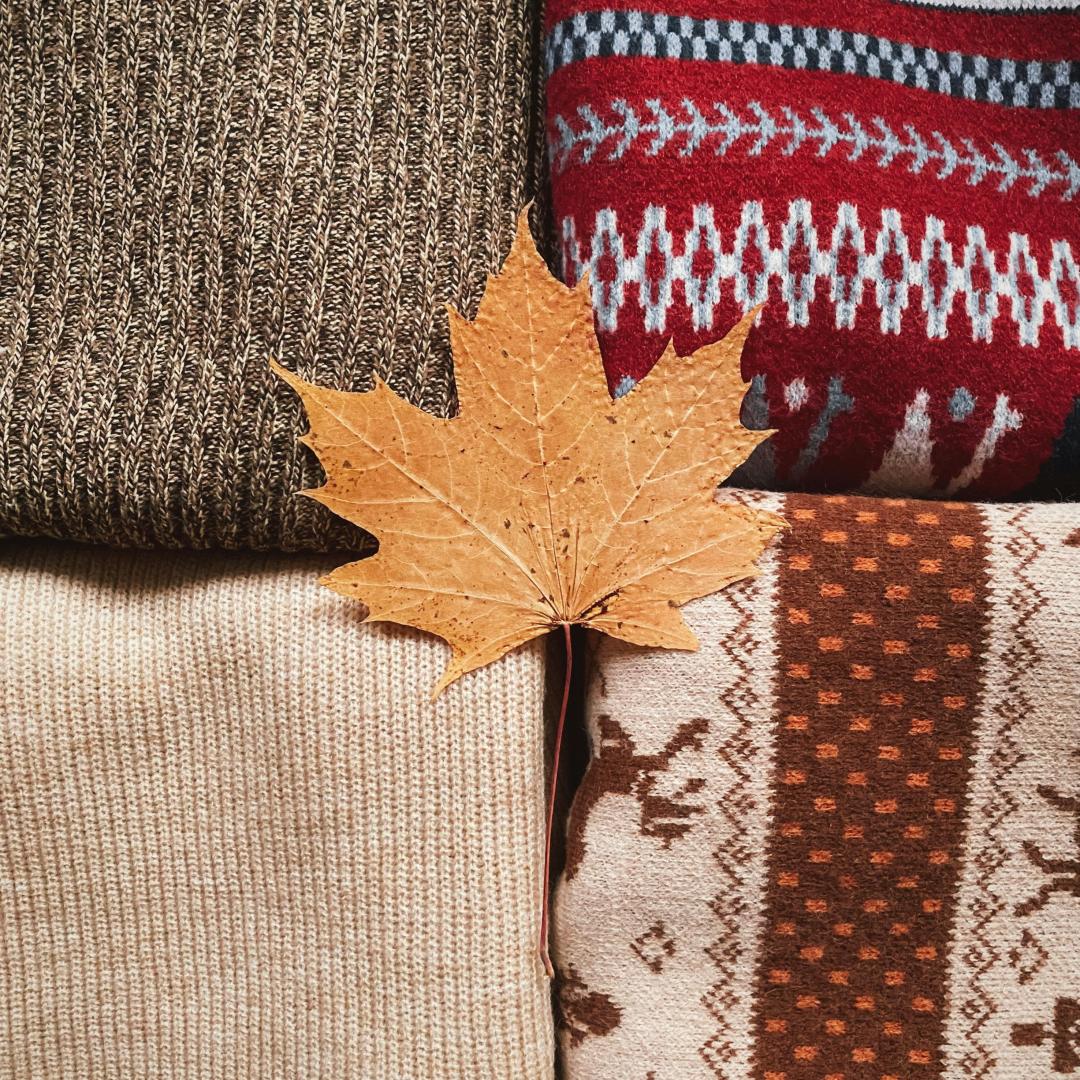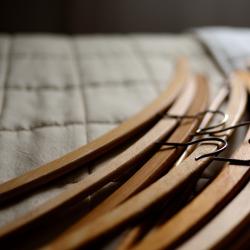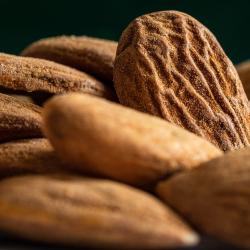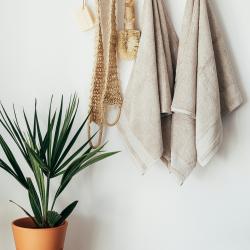How to Choose the Right Fabrics for Each Season
Choosing the right fabric for your clothing not only ensures comfort but also enhances your style and performance throughout the year. As seasons change, so do our fabric needs. Here's a comprehensive guide to help you navigate the world of textiles and select the right fabrics for each season.
Spring
Characteristics of Spring Fabrics
Spring is a transitional season characterized by fluctuating temperatures and occasional rainfall. Fabrics that are breathable, lightweight, and versatile are ideal for spring.
-
Cotton: A spring staple, cotton is breathable and comfortable. It's perfect for shirts, dresses, and light trousers. Choose a variety with a tighter weave for those cooler spring days.
-
Linen: Known for its superior breathability and natural texture, linen is excellent for warmer spring days. Opt for semi-structured linen items to balance style and comfort.
-
Chambray: Often confused with denim, chambray is lighter and more breathable, making it ideal for spring shirts and dresses.
-
Silk: For a touch of luxury during spring, silk blouses or scarves provide warmth on cooler days and are effortlessly chic.
Summer
Characteristics of Summer Fabrics
During summer, focus on fabrics that are cool, sweat-wicking, and have excellent breathability.
-
Cotton (again): Its moisture-absorbing properties and airy nature make cotton the quintessential summer fabric. Consider lightweight cotton variants like voile or lawn for ultimate comfort.
-
Linen (again): Linen’s temperature-regulating qualities keep you cool, but its tendency to wrinkle demands a relaxed, casual styling approach.
-
Rayon: A semi-synthetic fabric often used in summer wear, rayon mimics silk's luxurious feel while being breathable and lightweight.
-
Bamboo: This eco-friendly, soft fabric is celebrated for its natural UV protection and antibacterial properties, ideal for summer.
-
Jersey: A knit fabric often used in casual wear, jersey's elasticity and comfort make it great for summer wear like T-shirts and dresses.
Autumn
Characteristics of Autumn Fabrics
Autumn marks a shift to cooler weather, so fabrics that provide warmth without excess weight are desirable.
-
Wool Blends: Light-to-medium weight woolens are excellent for layering over shirts or as outer garments like cardigans and blazers.
-
Corduroy: This textured fabric offers warmth and a distinctive style, making it a great choice for pants or jackets.
-
Tweed: Known for its insulation, tweed is perfect for autumn outerwear or skirts.
-
Denim: Offering durability and warmth, denim is a versatile fabric for jackets and jeans come autumn.
-
Flannel: A soft, woven fabric made from wool, cotton, or synthetic fibers, flannel is perfect for a cozy autumn look.
Winter
Characteristics of Winter Fabrics
In winter, opt for heavier fabrics that retain heat and provide insulation against cold temperatures.
-
Wool (again): Pure wool or wool-blend fabrics like merino and cashmere are unparalleled for winter warmth. They are ideal for sweaters, coats, and scarves.
-
Fleece: This synthetic fabric is excellent for layering due to its lightweight and insulating properties.
-
Velvet: For a touch of elegance, velvet provides warmth and is perfect for eveningwear.
-
Down: Often used in insulated jackets, down provides lightweight warmth, though synthetic alternatives can offer similar benefits for those who prefer not to use animal products.
-
Thermal Knit: Fabrics designed to trap heat against the body, such as thermal knits, are excellent for base layers in winter.
General Tips for All Seasons
-
Layering Is Key: Regardless of the season, mastering the art of layering enables you to adjust your level of warmth and comfort as needed.
-
Care for Your Fabrics: Proper cleaning and storage extend the life of your garments. Always adhere to care instructions for each fabric type.
-
Sustainable Choices: Consider the environmental impact of your fabric choices. Opt for organic or recycled materials whenever possible.
By understanding the properties and benefits of different fabrics, you can confidently select the right materials to suit each season's demands. Comfort, style, and sustainability should guide your fabric choices, ensuring you look and feel your best year-round.





















